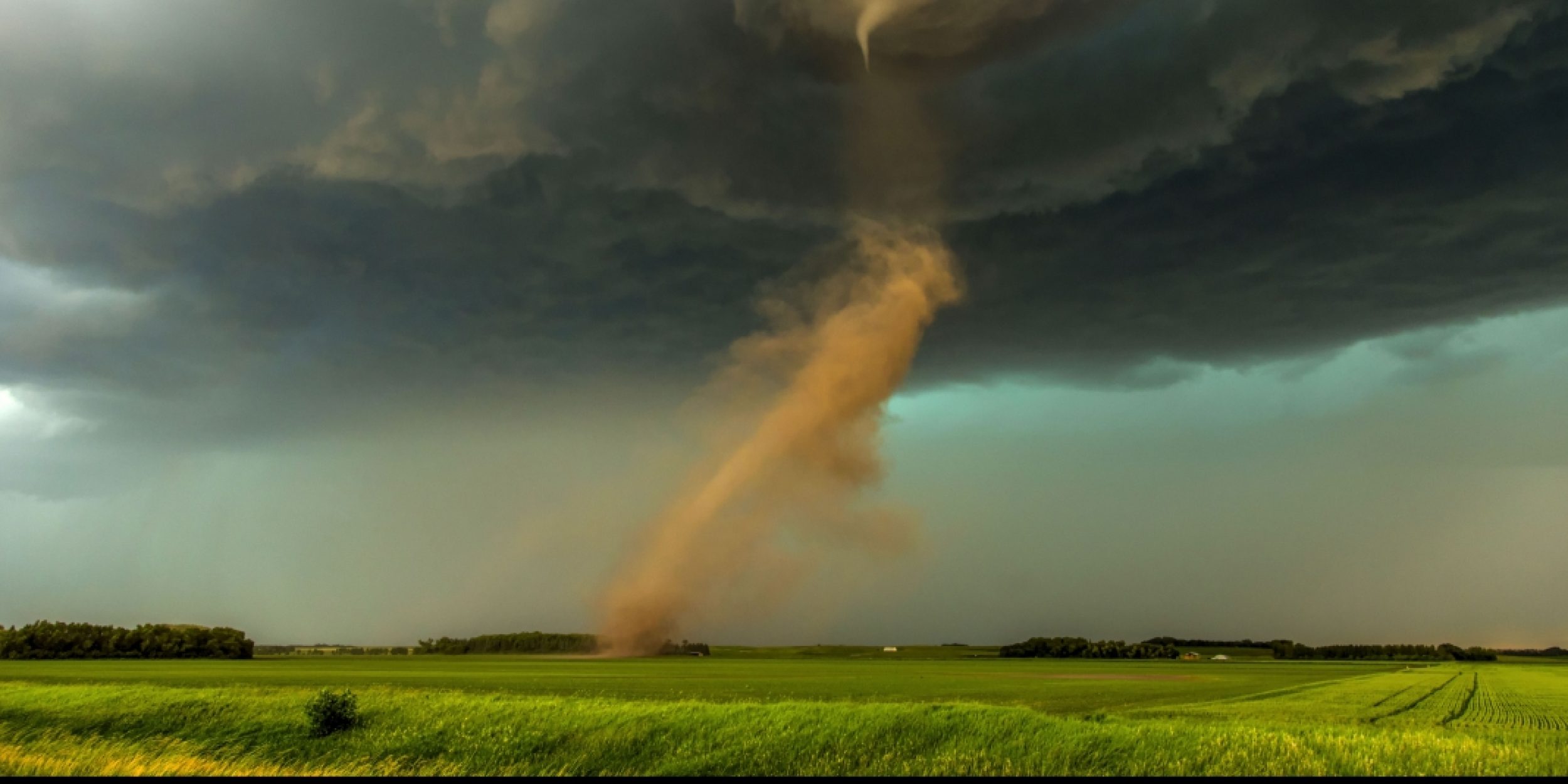Receiving warning of an impending tornado can be crucial for emergency preparedness in the U.S. Currently, NOAA’s Climate Prediction Center provides a U.S. Hazards Outlook for severe weather up to 14 days in advance. However, when looking beyond 14 days it becomes more difficult to predict climate conditions that are favorable for severe weather, like tornadoes. For earlier tornado warnings, scientists are looking into the connection between the Madden Julian Oscillation (MJO), an intraseasonal climate signal, and U.S. tornado occurrences.
A tornado outbreak struck eastern North Dakota on June 27, 2015. Photo Credit: NOAA NWS, Amanda L. Hill
New research by Michael Tippett, a Columbia University scientist funded by NOAA Research’s Modeling, Analysis, Predictions and Projections (MAPP) Program, explores how the MJO affects tornado activity in the U.S. His findings uncover strengths and areas for improvement that can be used to paint a clearer picture of the MJO and U.S. tornado connection. If a robust relationship is established, earlier warnings could be issued to increase tornado preparedness in the U.S.
View the preliminary accepted version of the paper here.
About MAPP
The Modeling, Analysis, Predictions, and Projections (MAPP) Program is a competitive research program in NOAA Research’s Climate Program Office. MAPP’s mission is to enhance the Nation’s and NOAA’s capability to understand, predict, and project variability and long-term changes in Earth’s system and mitigate human and economic impacts. To achieve its mission, MAPP supports foundational research, transition of research to applications, and engagement across other parts of NOAA, among partner agencies, and with the external research community. MAPP plays a crucial role in enabling national preparedness for extreme events like drought and longer-term climate changes. For more information, please visit www.cpo.noaa.gov/MAPP.
View More MAPP News.



